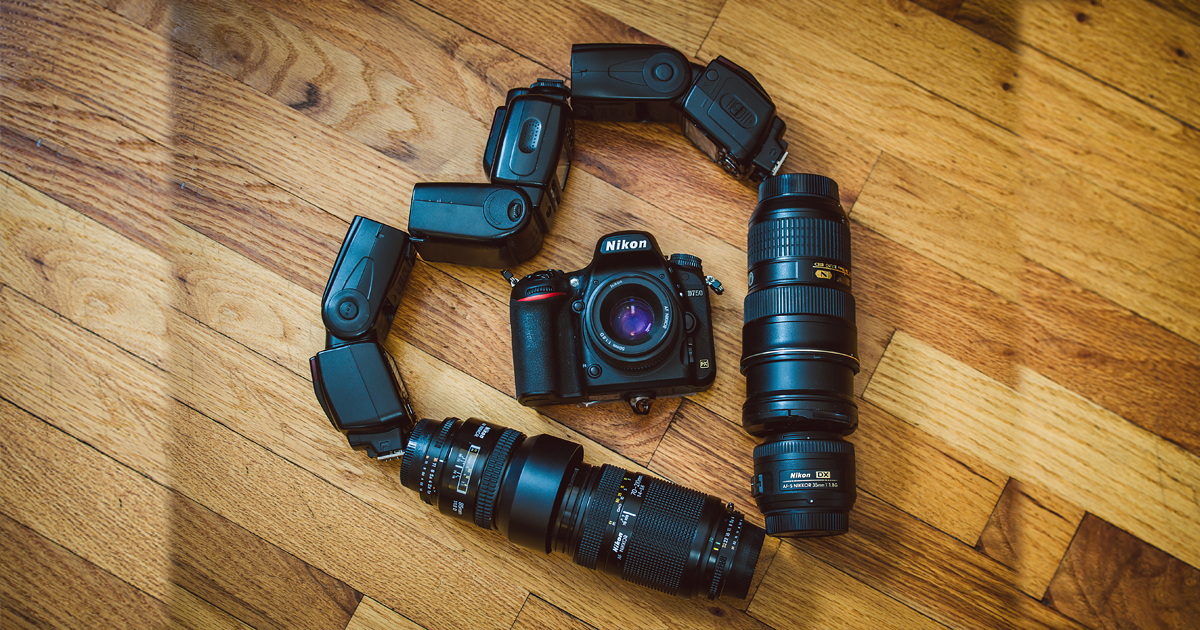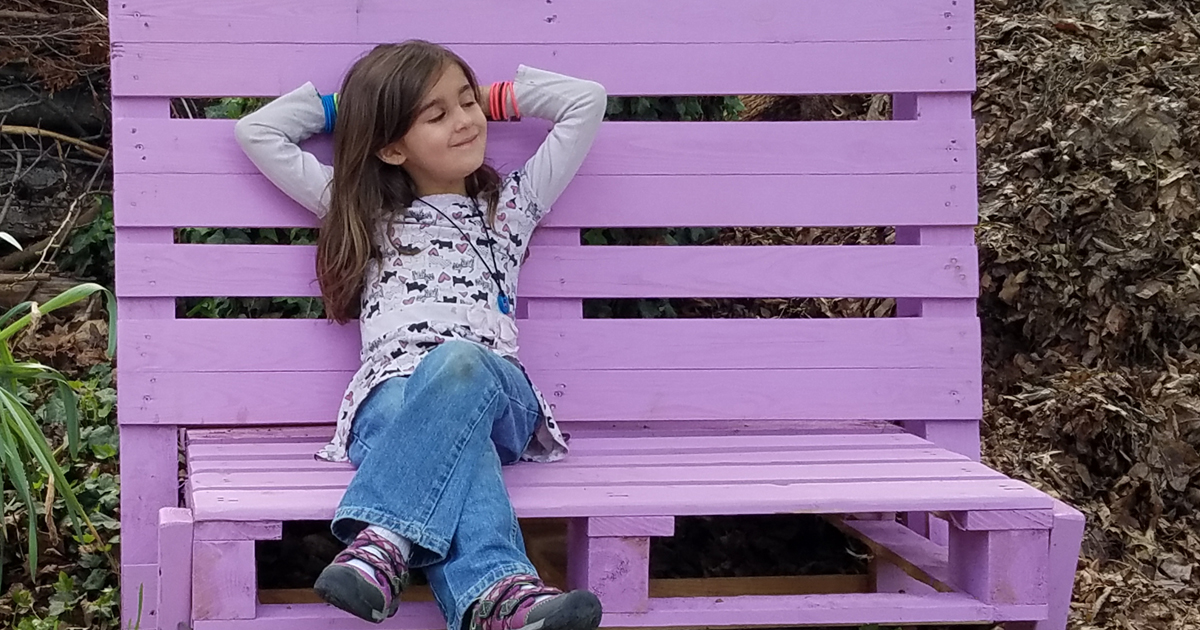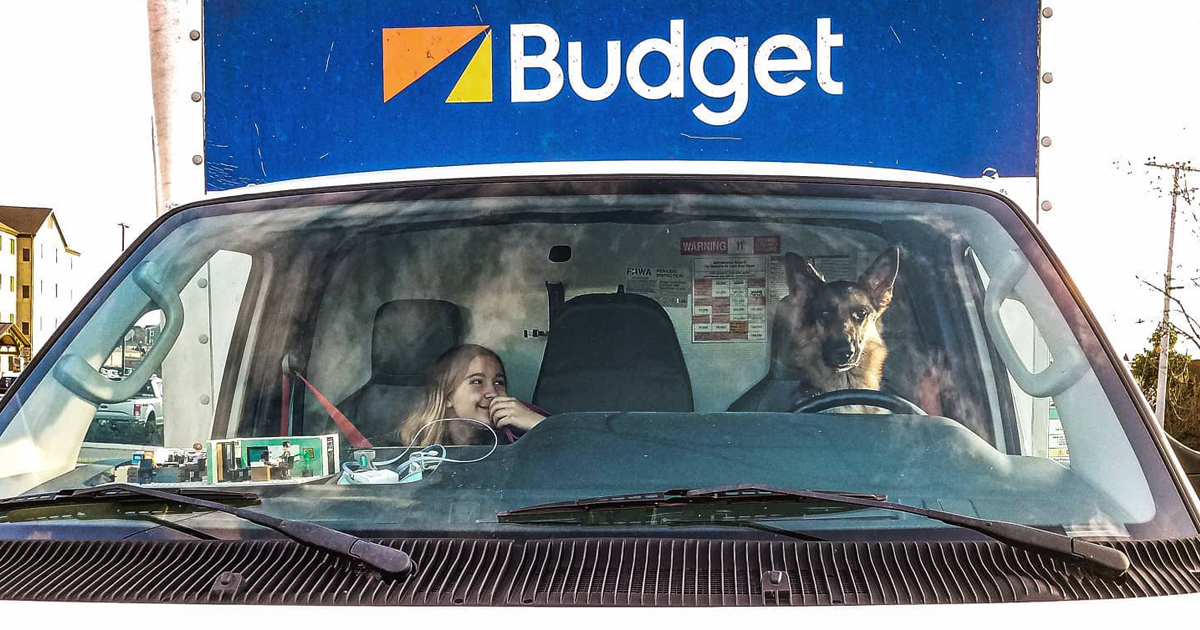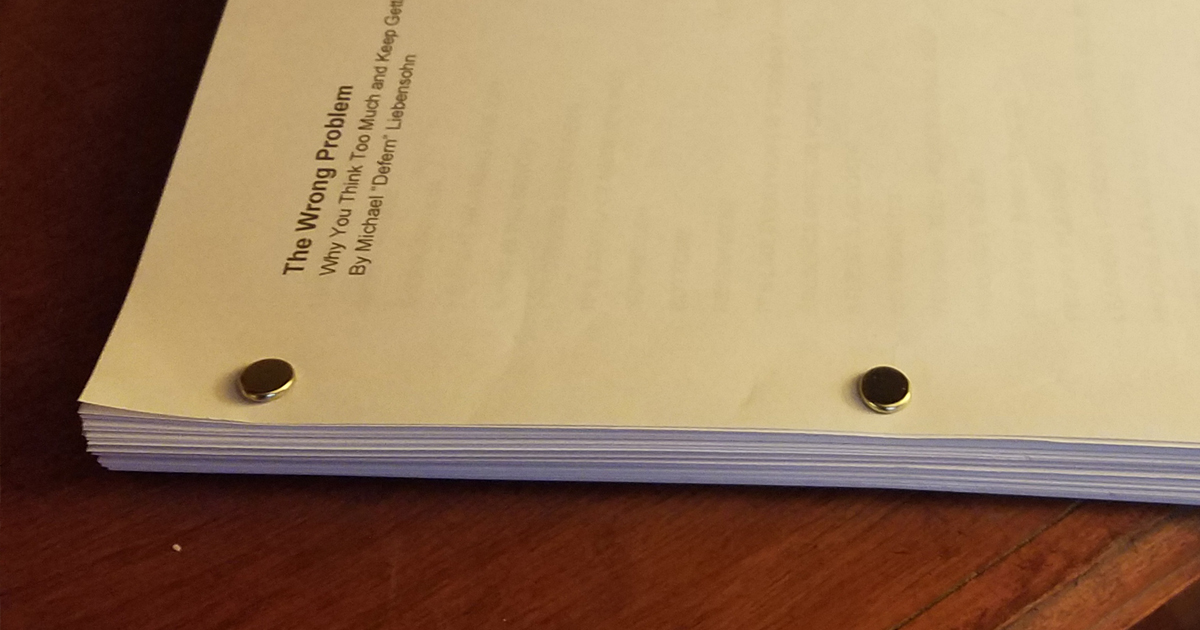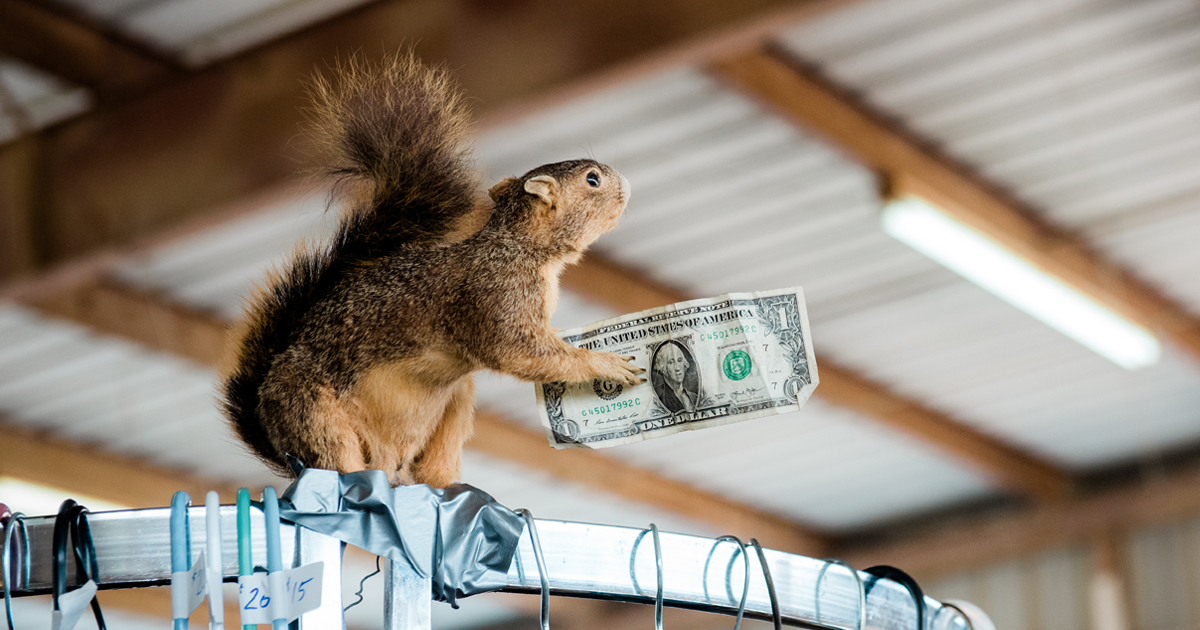3 steps to always make the right first impression
“It’s all about relationships!” Man, that statement used to aggravate me early in my career.
Because I didn’t get it.
I thought it was about hanging out on golf courses, schmoozing with people, and kissing ass to make a sale. And I had more integrity than that! So, I hunkered down, focusing on being better, technically, than everyone else. But I was completely in the dark about the relationship part, and I struggled to hit my numbers while I watched others in my industry work half as hard and make twice the money.
Because every move I made was transactional.
Because I didn’t have a why.
It wasn’t until a number of years later when I started my own business that I “woke up” and understood. I was now selling to other business owners, getting to know them – as people, not prospects. I saw how the service I was offering had the potential to make a difference in their lives. Not just helping their business, but helping them. I began to care deeply about what I was doing, and in turn, about what they were doing. And things started to click.
I had found my why, and I began valuing relationships.
It was never about glad-handing and fancy lunches, it was about getting out of my self. I needed something more important than ME to focus on.
But, I can’t really explain what my why is. Even now, I struggle with the words.
It comes across in subtle ways. It’s who I am – and it comes out in how I show up at meetings, how I talk on the phone, and how I write emails.
Except on the days when my own selfish agenda and desires overshadow my why, and in that moment, the person I’m talking to never gets a glimpse of the authentic me.
This is where video can help.
How to “Show” Your Why
Here’s the process.
1. Find someone to talk to
Pick a friend, colleague, partner … someone who really gets you, who you can geek out with about what you do for a living, and completely lose track of time.
2. Film the entire conversation
Hit record and talk for an hour. Ignore the camera. It’s ok to plan talking points and questions, but don’t script anything.
3. Play it back and look for moments
Look for the sections that stand out. Make note of the times on a piece of paper. You want your why to resonate without actually naming it, and often it’s a look or the way something is said that speaks louder than the actual words. It may be helpful for the same friend you filmed this with to review the recording with you.
This can be done simply using a phone or shot with multiple camera angles by a pro. It can be edited, adding in other imagery, your logo, music, etc or just kept raw. There are pros and cons to both directions. I go into depth about how to film a conversation, what to talk about, and what to do with it afterward in the short book, How To Connect: A guide to creating content that resonates with your ideal client.
No matter how you do it, put your “why” video on your LinkedIn profile, on your website, in your email signature, and send it ahead before every meeting. Make your first impression before you walk in the room, and the real you will always comes across loud and clear.
–
Header photo “heart made out of camera lenses” by Heather Liebensohn at Zen Mantis
Mindfulness, Music & Marketing. I’m obsessively curious about what makes people tick and what makes us all feel more connected.
Free book for business owners / marketing pros
How To Connect – A guide to creating content that resonates with your ideal client
Check out Mike & Heather’s music at ParkwaySouthBand.com and their content & production company is ZenMantis.com
